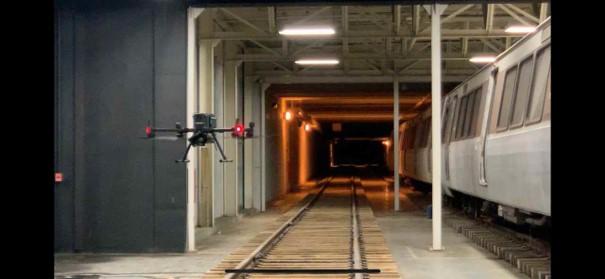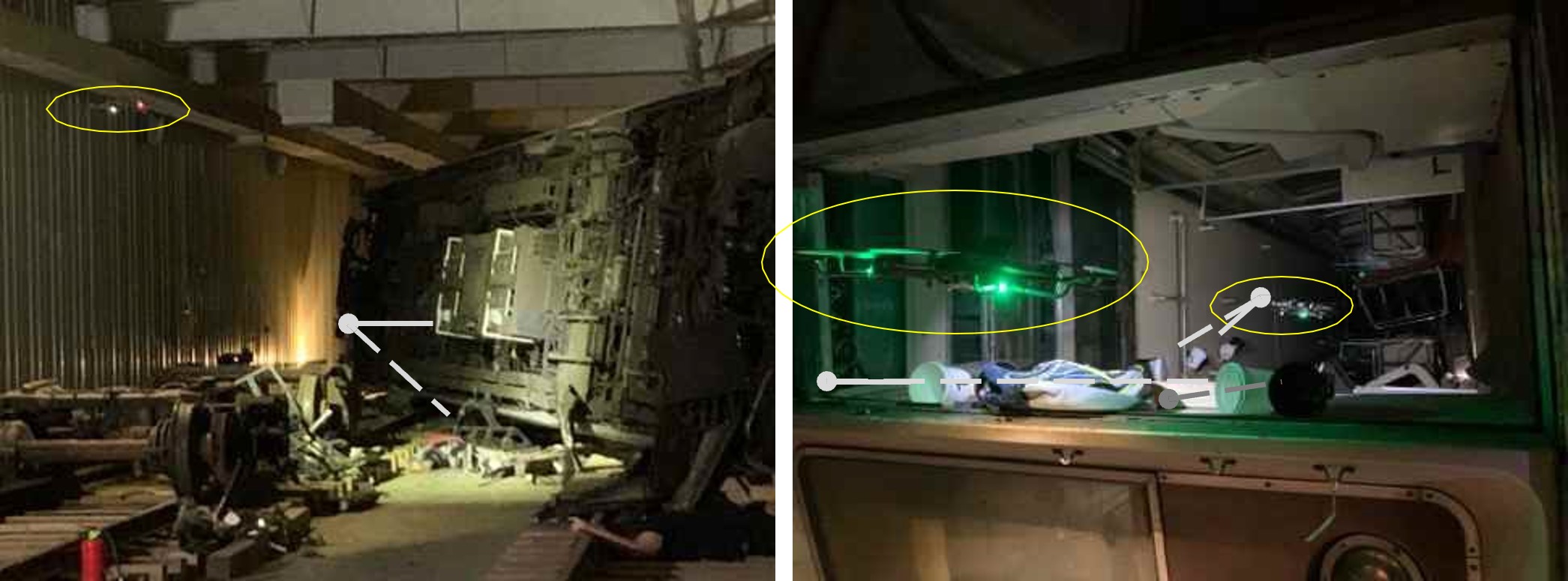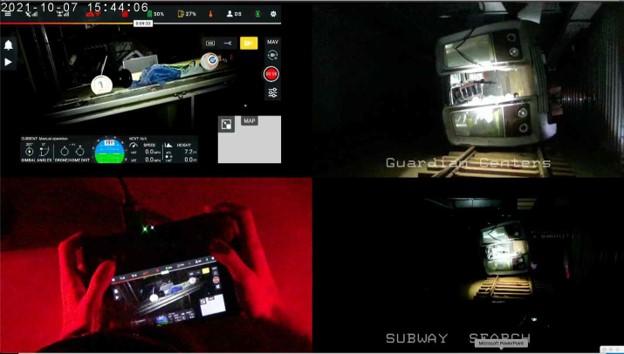Level 5 Confined Test Lane and Scenarios
Presentation
o Level 5 Confined Environments
Guide
o Level 5 E-Viewable
o Level 5 Printable
Can print double sided and laminate to use with dry erase pens.
o Level 5 - 6 Pages
o Level 5 - 2 Pages
o Level 5 Scenarios
All videos coming soon.
o Level 5 Perch Test
o Level 5 Wall Test
o Level 5 Ground Test
o Level 5 Alley Test
o Level 5 Post Test
Fabrication
Medium: 1 liter (1 quart) with 10 cm (4 in) diameter
o Level 5 Lane Instructions - coming soon
o Level 5 Lane Video - coming soon
o Level 5 Scenario Instructions - coming soon
o Level 5 Scenario Video - coming soon
Small: 120 ml (4 oz) with 5 cm (2 in) diameter
o Level 5 Scenario Instructions - coming soon
o Level 5 Scenario Video - coming soon
Stickers
Medium: 1 liter (1 quart) with 10 cm (4 in) diameter
o Level 5 Lane Buckets #1-4
o Level 5 Scenario Buckets #1-10
o Objects of Interest – Partial Images - coming soon
Small: 120 ml (4 oz) with 5 cm (2 in) diameter
o Level 5 Scenario Buckets #1-10 Linear
o Level 5 Scenario Buckets #1-8 Single
Confined Test Lane
Confined Scenario:Collapsed Structure Search and Inspection
Confined Scenario: Subway Terrorist Attack
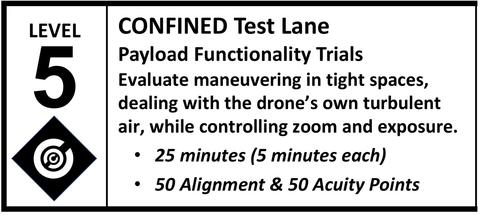
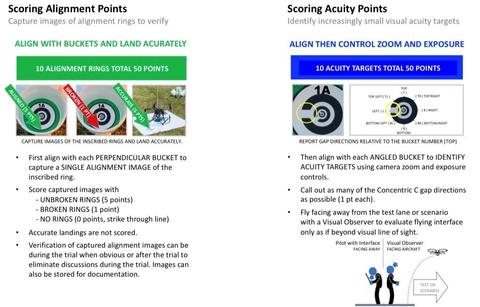
The Confined Test Lanes enable remote pilots to fly safe and repeatable flight paths to inspect objects within confined environments and interior room-to-room searches. They include a comprehensive set of 5 different tests that guide remote pilots through various standoff positions, orientations, and perches at 1 m (3 ft) from objects. They are half the size of the Obstructed Test Lanes but use all the same procedures and scoring. They can be performed outdoors or indoors to control lighting, weather, and access to the Global Positioning System (GPS).
The Confined Test Lanes and related scenarios use “dual bucket alignments” to enable remote pilots to triangulate a safe standoff position by simultaneously aligning with a perpendicular bucket and its associated angled bucket. The dual bucket alignments form a right triangle with equal dimensions for the bucket separation and the aircraft standoff. They use pairs of 1 liter (1 quart) buckets with 10 cm (4 in) diameter recessed targets inside at a 1 m (3 ft) spacing.

Alignment rings inside the perpendicular (90 degree) white buckets visually guide remote pilots along safe flight paths toward and away from the objects being inspected. Alignment rings inside the associated angled (45 degree) buckets indicate when the aircraft is in the designated safe and repeatable standoff position. That’s where a remote pilot can maintain position and operate their interface to identify increasingly small features on acuity targets inside the buckets. This modest operational workload includes zoom, focus, and exposure to capture images for scoring after the trial. White and black bucket pairs require maximum control of exposure levels or thermal palettes to discern more details and score more points.
There are 5 different tests with increasing difficulty called Perch, Wall, Ground, Alley, and Post. The dual bucket alignments guide remote pilots through a series of 10 positions, orientations, and perches within both the standard test lanes and the operational scenarios embedded with scoring tasks. All tests and scenarios result in quantitative scores up to 100 points maximum to facilitate measurement, tracking, and comparison across different aircraft and/or remote pilots.
Scoring: Each dual bucket alignment is worth up to 10 points, including 5 points for maneuvering and 5 points for visual/thermal acuity. Maneuvering points are scored using a single no zoom image of each perpendicular bucket showing either a full alignment ring (5 points), a partial alignment ring (1 point), or no alignment ring (0 point). Visual/thermal acuity points are scored using targets inside the angled buckets with 5 increasingly small gap orientations to identify correctly (1 point each up to 5 points). The smallest features to identify are 1 mm (0.04 in) representing small text on shipping labels, for example. Target identifications can be verbally conveyed to a Proctor during the trial, or a single full zoom image of each acuity target can be used to score the trial after landing. A complete trial includes 20 bucket alignments totaling up to 100 points maximum per trial.
Note: The dual bucket alignments define the most efficient positions to score all buckets placed around the object being inspected. However, stable hovers at the verge points between buckets can be difficult to enforce similarly for various aircraft sizes and pilot proficiencies. So each bucket can be scored individually from any desired proximity, understanding that the resulting scores and trial times may be negatively affected.
One of the confined scenarios at this event were semi-collapsed structures representing environments not safe for responders to search given the potential for further collapse due to aftershock or structural failures. The inspection tasks were placed around crushed vehicles within a collapsed structure. They were also distributed across individual rooms in a search pattern to ensure each room was inspected for victims and other objects of interest.
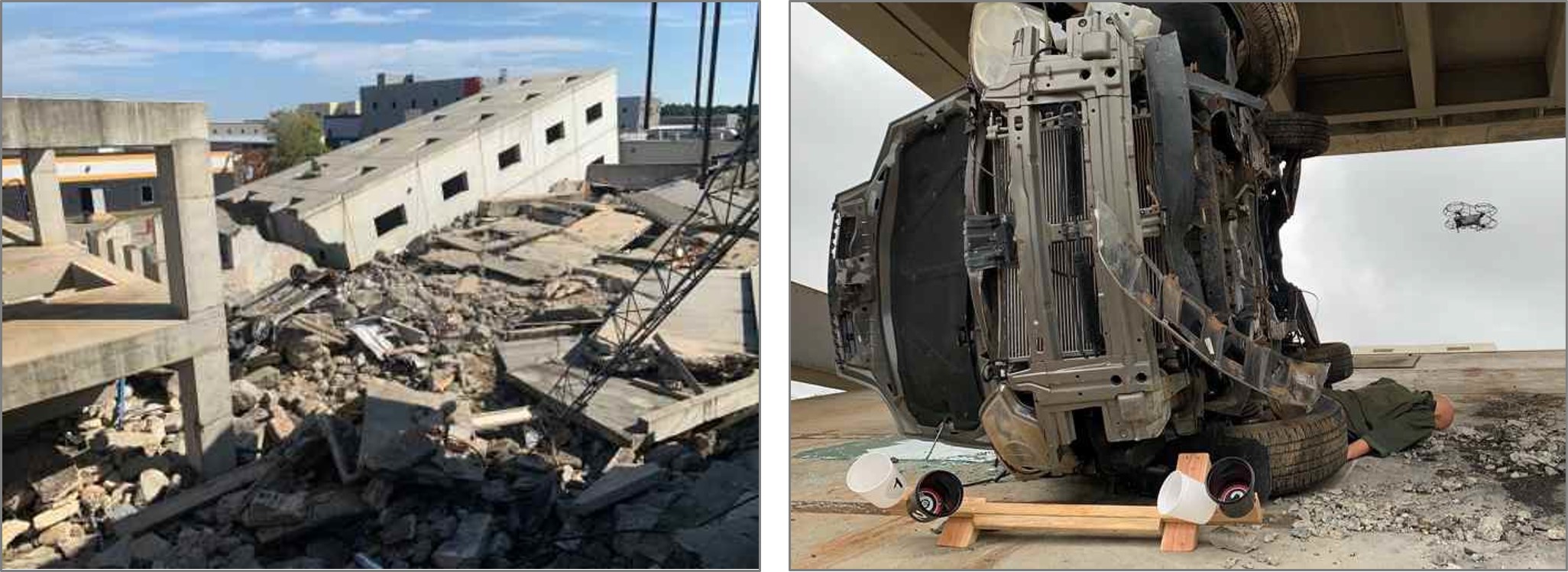
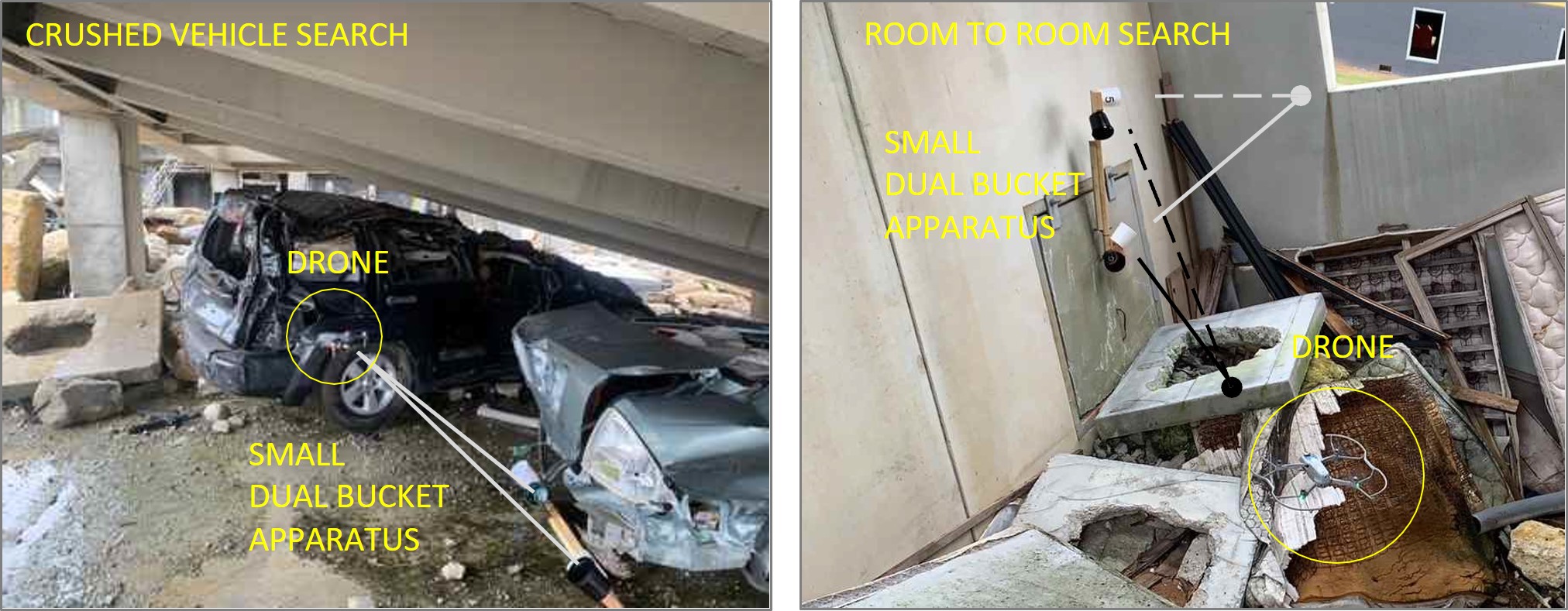
The subway terrorist attack scenario was in a simulated tunnel with multiple DC Metro railcars. A line of intact and upright railcars near the station entrance led to one railcar on its side almost blocking the tunnel. The scenario included several survivors inside and around the perimeter of the overturned railcar along with some suspicious packages that could have been secondary explosives.
